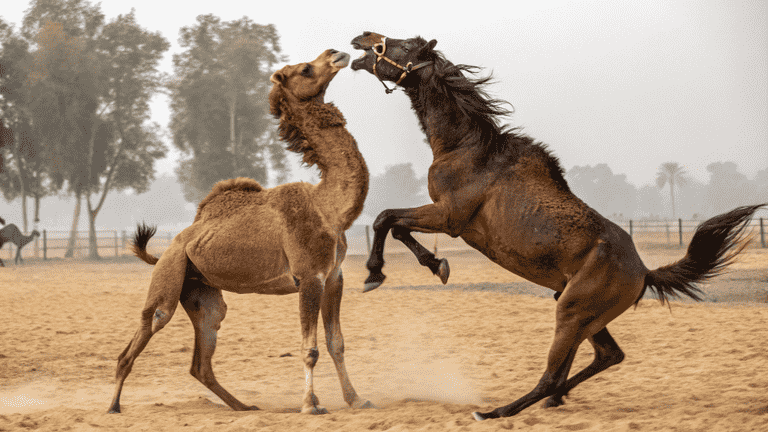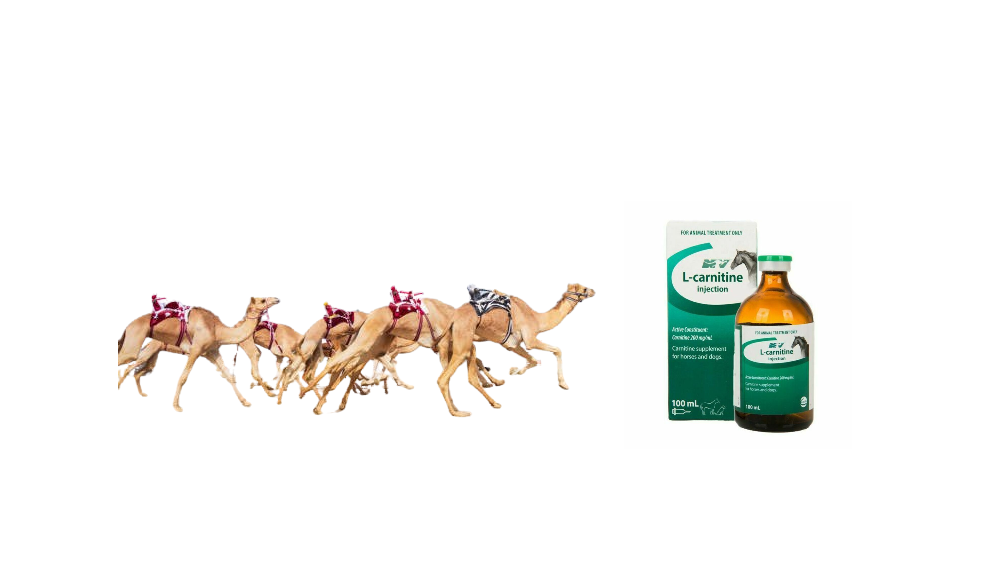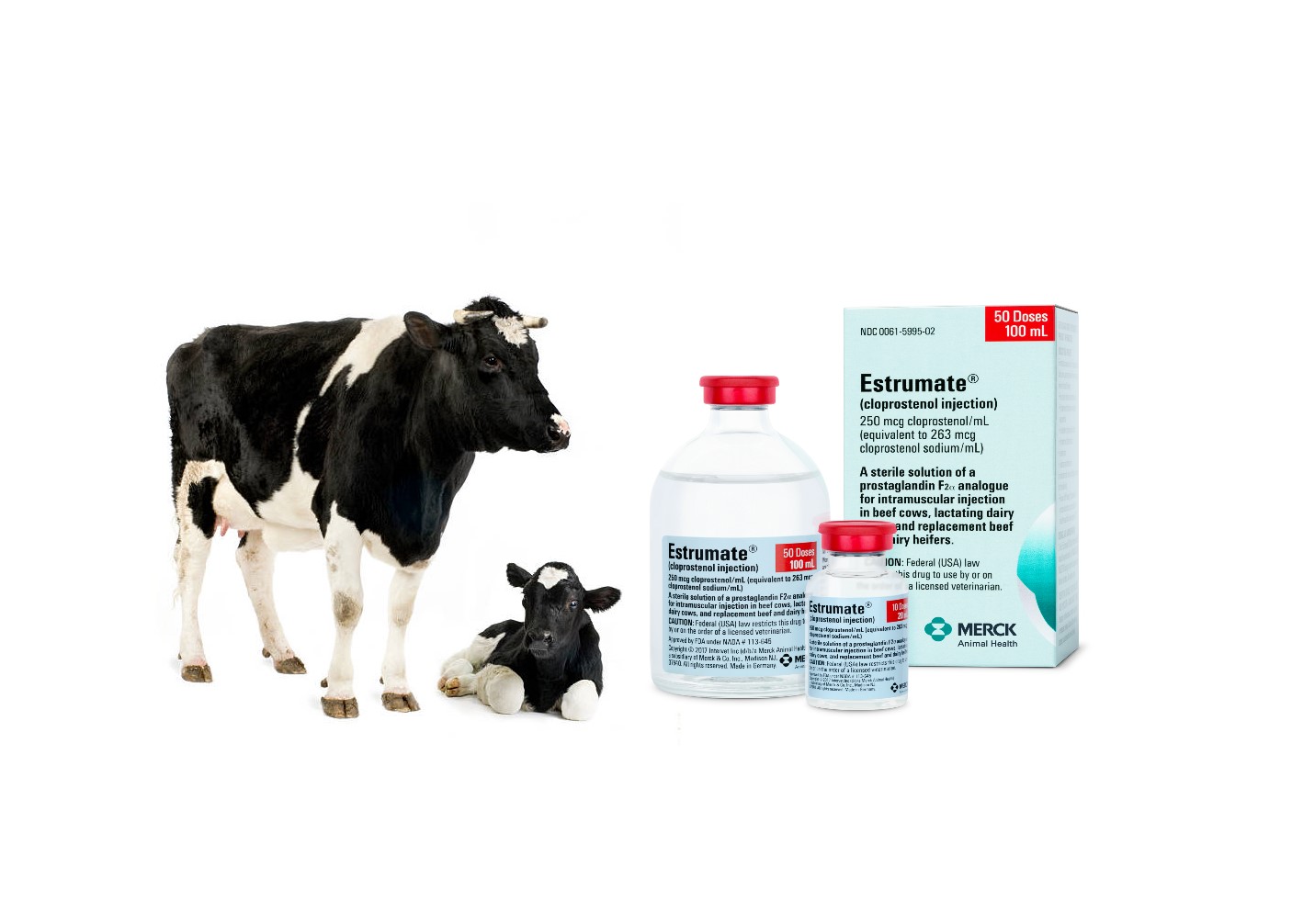In the realm of veterinary medicine, advancements continually emerge to improve the health, productivity, and well-being of animals. Among these innovations, hormonal therapies and biologics play a vital role in managing various health conditions. One such product gaining attention is Humagropin for animal use. This guide provides an in-depth exploration of Humagropin, covering its composition, presentation, dosage, administration, benefits, and practical applications in veterinary practice. Whether you’re a veterinarian, animal breeder, or pet owner, understanding this product can help optimize animal health management strategies.
What is Humagropin?
Humagropin is a recombinant growth hormone formulation specifically designed for animal use. It belongs to a class of biologic agents that stimulate growth, enhance metabolic functions, and support tissue repair in various animal species. Humagropin is typically used in livestock, poultry, and other animals to improve growth rates, feed efficiency, and overall productivity.
The Origins and Development
Humagropin is developed through advanced recombinant DNA technology, which allows for the production of human or animal growth hormone proteins in controlled laboratory settings. This process ensures high purity, consistency, and safety for animal applications.
Composition and Presentation of Humagropin
Composition
Humagropin contains recombinant growth hormone (rGH), which mimics the natural hormones produced by animals’ pituitary glands. The key components include:
- Recombinant Human Growth Hormone (rHGH): The active pharmaceutical ingredient that stimulates growth and metabolic processes.
- Excipients: Stabilizers, preservatives, and diluents that ensure the stability and efficacy of the formulation.
Note: The exact composition may vary depending on the manufacturer and formulation type. Always refer to the product’s package insert for detailed information.
Presentation Forms
Humagropin is usually supplied in sterile, multi-dose vials or pre-filled syringes for ease of administration. Common presentations include:
- Vials: 10 IU, 20 IU, or 40 IU vials, depending on dosage requirements.
- Pre-filled syringes: Convenient for single-use administration.
The formulation is typically a lyophilized powder or liquid, requiring reconstitution with sterile water or diluent before use.
Indications for Use in Animals
Humagropin is primarily indicated for:
- Promoting growth in livestock such as pigs, cattle, and sheep.
- Enhancing milk production in dairy animals.
- Supporting recovery in animals with growth deficiencies or metabolic disorders.
- Improving feed conversion efficiency.
- Managing specific growth retardation conditions.
It is crucial to follow veterinary guidance and adhere to regulatory standards when using this biologic.
Benefits of Humagropin in Animal Husbandry
1. Accelerated Growth Rate
Humagropin stimulates cellular proliferation and tissue growth, leading to faster weight gain in animals. This is particularly beneficial in meat production industries where rapid growth translates into economic gains.
2. Improved Feed Efficiency
Animals treated with Humagropin tend to utilize feed more effectively, reducing feed costs and increasing profitability.
3. Enhanced Milk Production
Dairy animals receiving Humagropin can experience increased milk yield and improved milk quality, contributing to higher dairy farm productivity.
4. Better Reproductive Performance
Some studies suggest that growth hormone therapy can positively influence reproductive parameters, leading to better conception rates and healthier offspring.
5. Tissue Repair and Recovery
Humagropin supports tissue regeneration, making it useful in managing injuries or recovery from illness.
6. Overall Animal Welfare
By promoting optimal growth and health, Humagropin can contribute to better welfare standards, reducing stress and disease susceptibility.
Dosage and Administration of Humagropin
Proper dosing and administration are critical to maximizing benefits and minimizing risks.
General Guidelines
- Species: The dosage varies depending on the animal species, age, weight, and health status.
- Route: Usually administered via subcutaneous injection, but some formulations may be suitable for intramuscular use.
- Frequency: Typically once daily or as prescribed by a veterinarian.
Specific Dosage Recommendations
(Note: The following are general illustrative doses; always consult product-specific guidelines and veterinary advice.)
| Animal Species | Dosage (IU per kg body weight) | Frequency | Duration |
|---|---|---|---|
| Pigs | 0.1 – 0.3 IU/kg | Daily | 2-4 weeks |
| Dairy Cattle | 10 – 20 IU per animal, weekly | Weekly | 4-8 weeks |
| Sheep | 0.2 – 0.4 IU/kg | Daily | 2-3 weeks |
Reconstitution and Handling
- Reconstituting the Lyophilized Powder: Use the sterile water or diluent provided to dissolve the powder gently until fully dissolved.
- Storage: Keep the reconstituted solution refrigerated and protect from light. Use within the specified time frame.
- Injection Technique: Administer subcutaneously in the neck or flank region, following aseptic procedures.
Precautions During Administration
- Do not exceed recommended doses.
- Monitor the animal for adverse reactions.
- Maintain accurate records of treatment.
Safety and Side Effects
While Humagropin is generally safe when used appropriately, potential side effects include:
- Swelling or swelling at the injection site.
- Behavioral changes or hyperactivity.
- Increased risk of infections due to immune modulation.
- Unintended metabolic effects such as insulin resistance.
Veterinary supervision is essential to detect and manage any adverse reactions promptly. Wheat Straw Feed for Camels
Regulatory and Ethical Considerations
Use of growth hormones like Humagropin is regulated in many countries. Always ensure compliance with local laws and guidelines. Proper documentation and traceability are crucial for food safety and animal welfare.
Practical Applications in Veterinary Practice
Livestock Management
- Growth Promotion: Administered during specific growth phases to optimize weight gain.
- Reproductive Support: Assisting in reproductive health and fertility.
Poultry Farming
- Enhancing Growth Rates: Particularly in broiler production.
- Improving Feed Conversion: Leading to cost-effective production.
Pet and Companion Animals
- Support for Growth-Related Disorders: Under veterinary supervision, for specific conditions.
Combining Humagropin with Other Therapies
Humagropin can be used alongside other veterinary medications, such as vitamins, minerals, and antibiotics, to support overall health. However, always consult a veterinarian to avoid drug interactions and ensure safe combinations.
Future Perspectives and Research
Ongoing research aims to improve the efficacy and safety profile of growth hormone products like Humagropin. Novel formulations, targeted delivery systems, and genetic engineering techniques are being explored to maximize benefits while minimizing risks.
Conclusion
Humagropin for animal use represents a significant advancement in veterinary biologics, offering benefits that include accelerated growth, improved feed efficiency, and enhanced productivity. Proper understanding of its composition, presentation, dosage, and administration protocols is vital for safe and effective application.
Always consult qualified veterinary professionals before initiating treatment with Humagropin or similar biologics. Proper regulation compliance and ethical considerations are paramount to ensure animal welfare and food safety.











